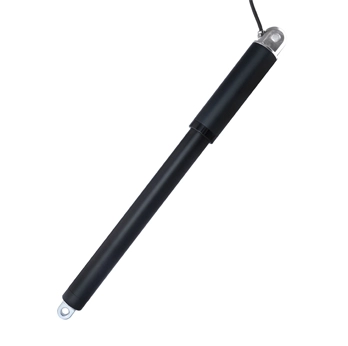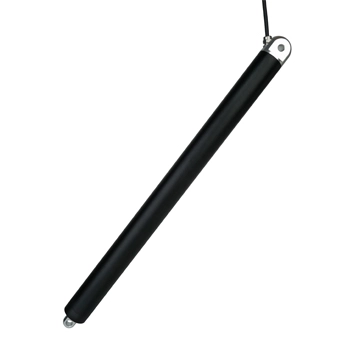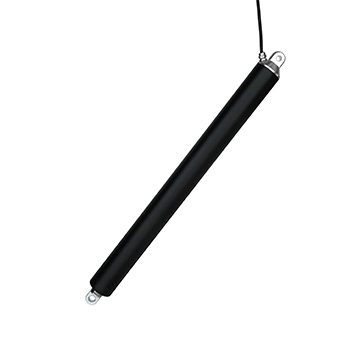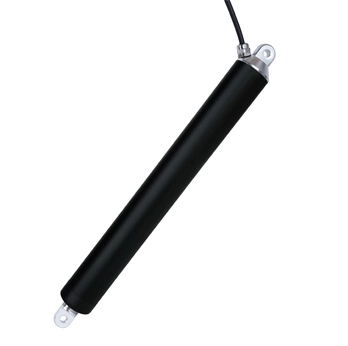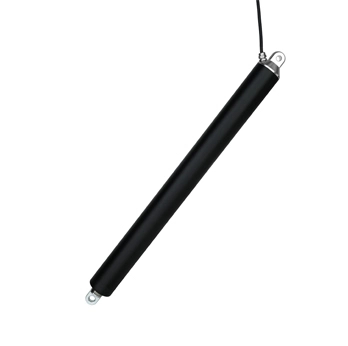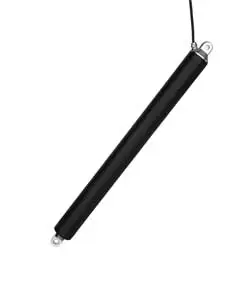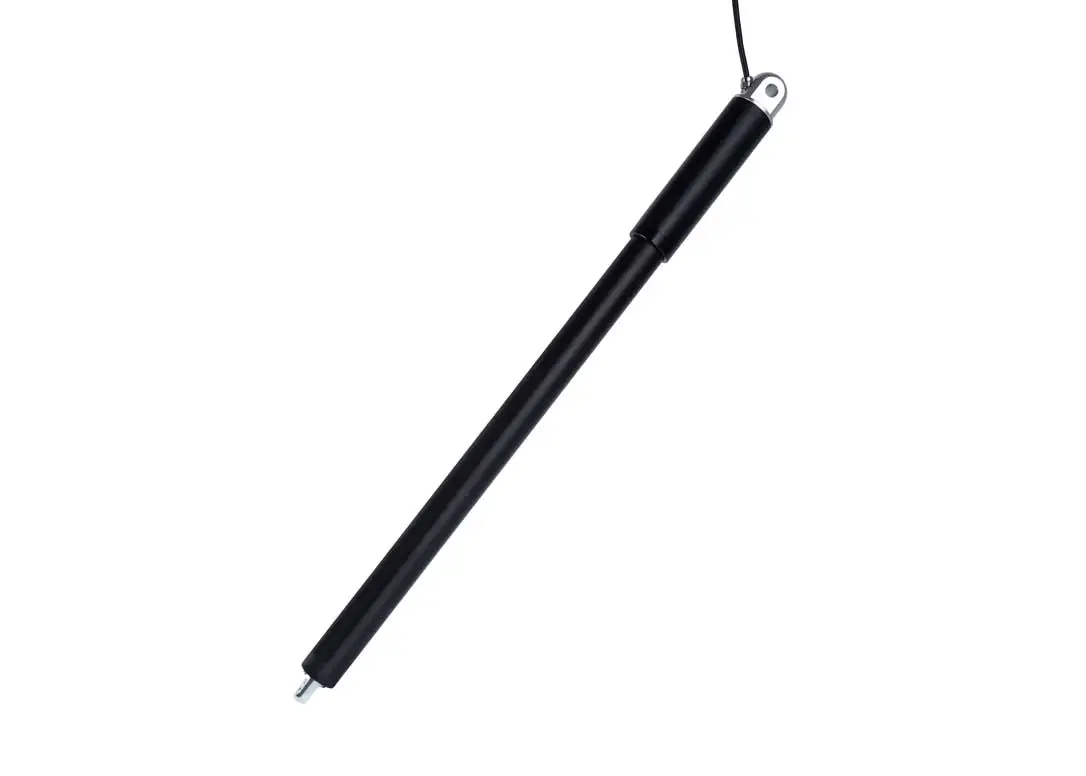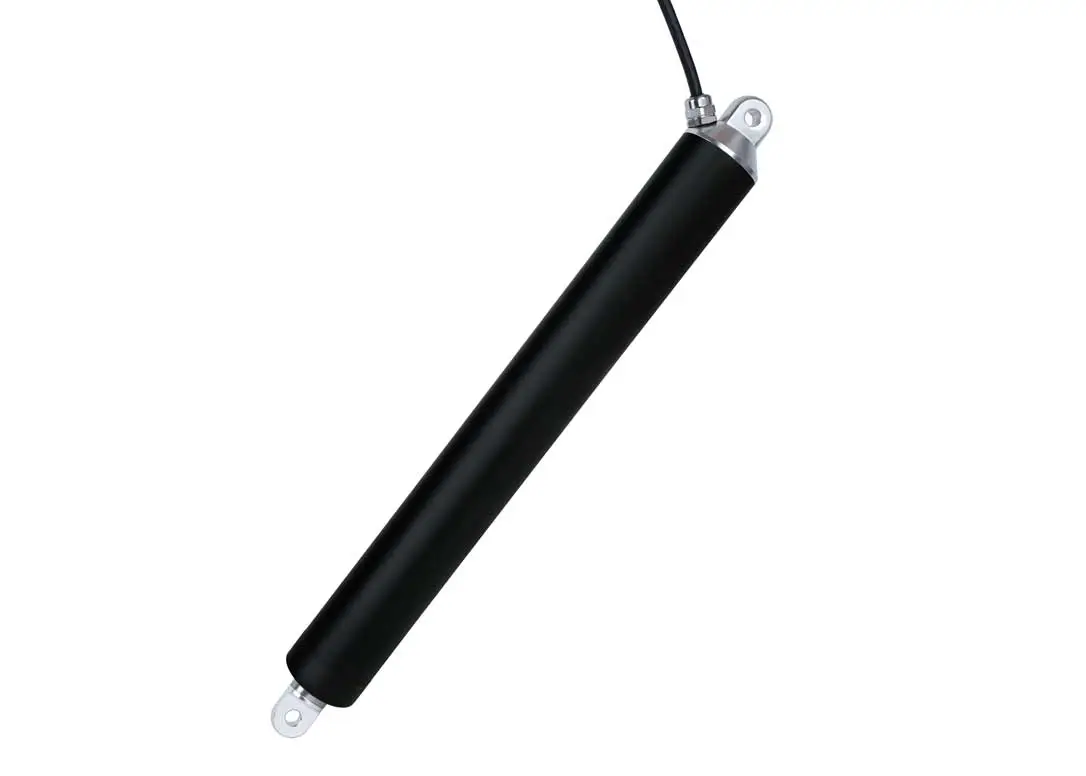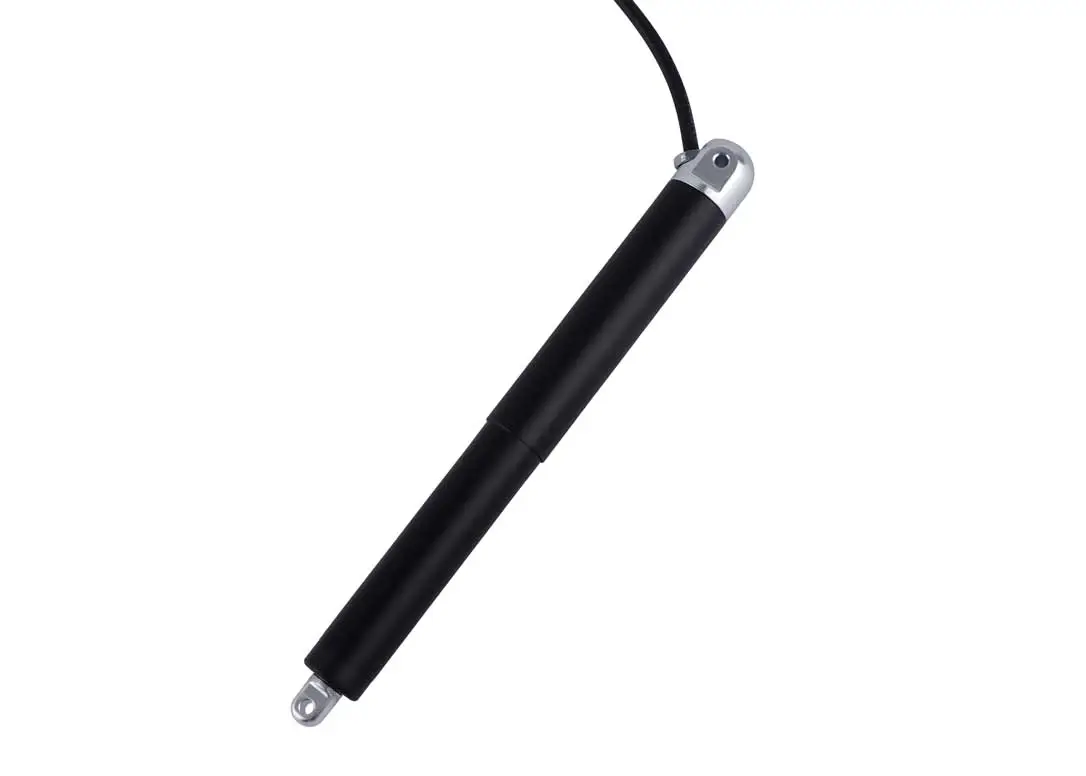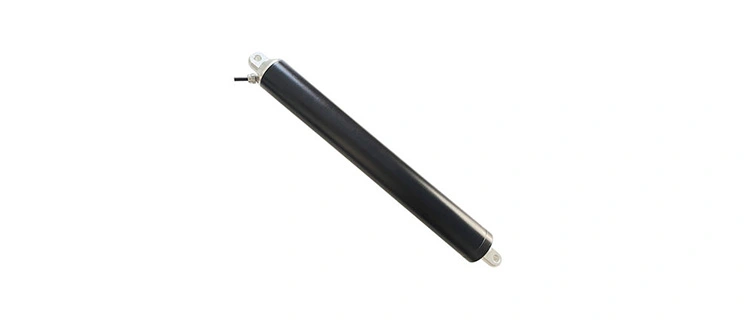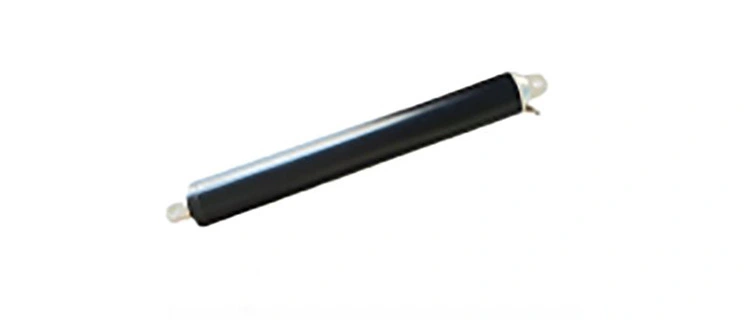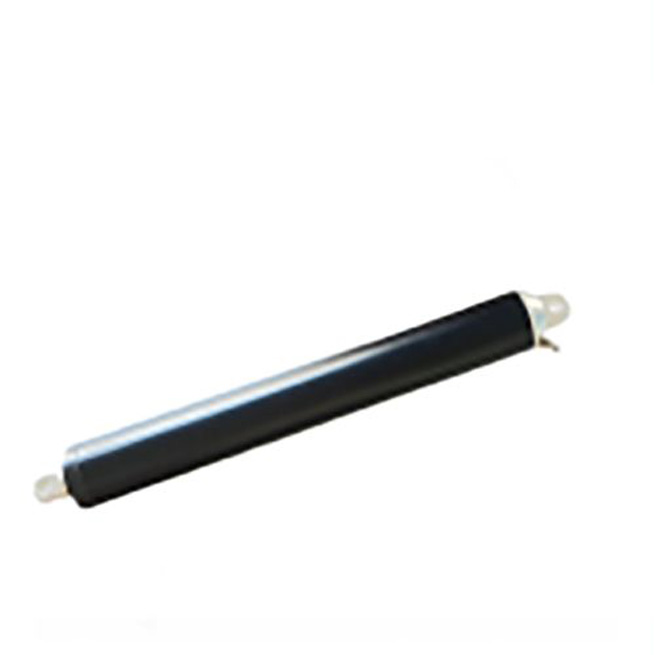
A high-speed linear actuator is a mechanical device that converts rotational motion into linear motion, providing fast and precise movement in a straight line. It is often used in industrial automation and robotics, where rapid and accurate movement is critical for efficient and reliable operation. High-speed linear actuators come in various designs and sizes, and can be customized to meet specific application requirements.
Components of High-Speed Linear Actuators
The basic components of a high-speed linear actuator include a motor, a lead screw, a nut, a carriage, and a guide rail. The motor provides the rotational force that drives the lead screw, which in turn rotates the nut. The nut is connected to the carriage, which moves along the guide rail in a straight line as the nut rotates.
Types of High-Speed Linear Actuators
There are several types of high-speed linear actuators available on the market, each with its unique features and benefits. Some of the most common types include:
Ball Screw Actuators
These actuators use a precision ball screw to convert rotary motion into linear motion. They offer high accuracy and repeatability, making them ideal for applications that require precise positioning.
Belt Drive Actuators
These actuators use a belt or chain to transfer power from the motor to the carriage. They offer high speeds and acceleration, making them ideal for applications that require rapid movement.
Linear Motor Actuators
These actuators use a linear motor to provide direct and precise linear motion. They offer high speeds and acceleration, making them ideal for applications that require both speed and accuracy.
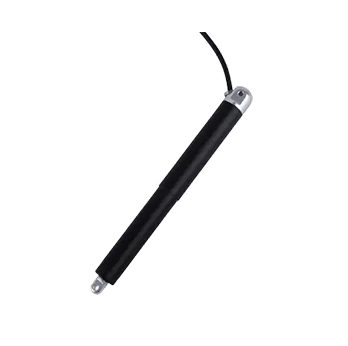 DDTG-16 Micro Tubular Linear Actuator
DDTG-16 Micro Tubular Linear Actuator
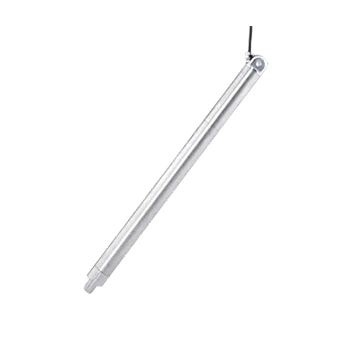 DDTG-28 Micro Tubular Linear Actuator
DDTG-28 Micro Tubular Linear Actuator
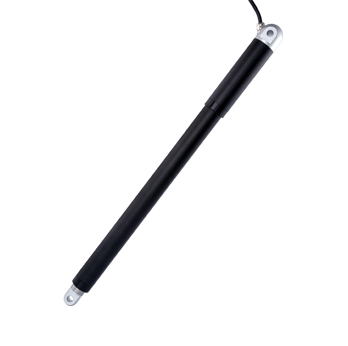 DDTG-38 Micro Tubular Linear Actuator
DDTG-38 Micro Tubular Linear Actuator

